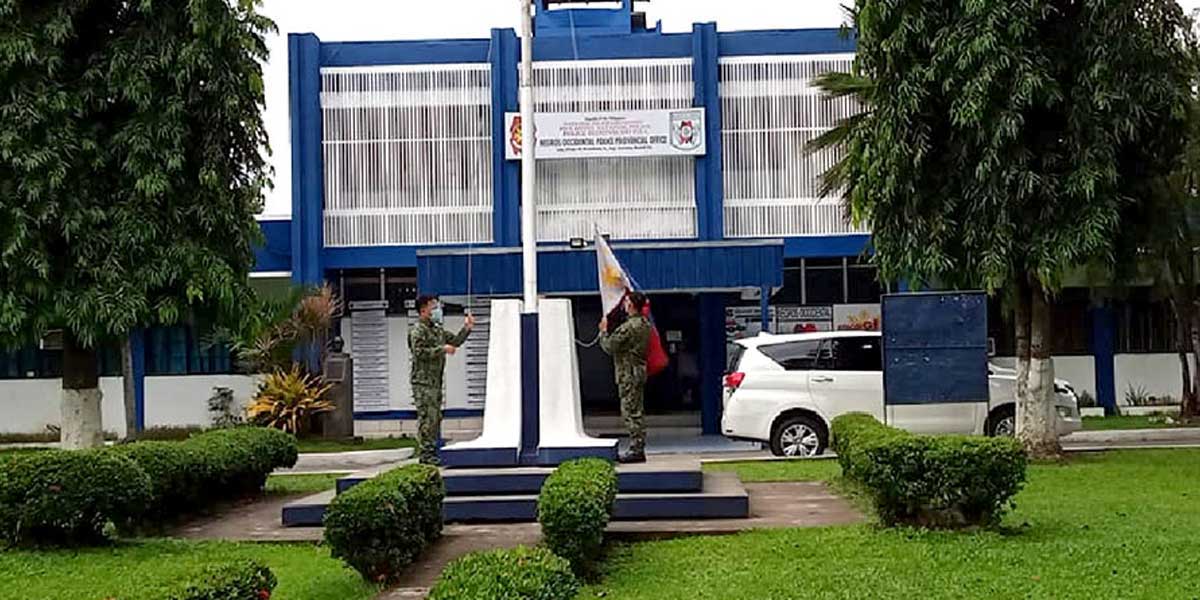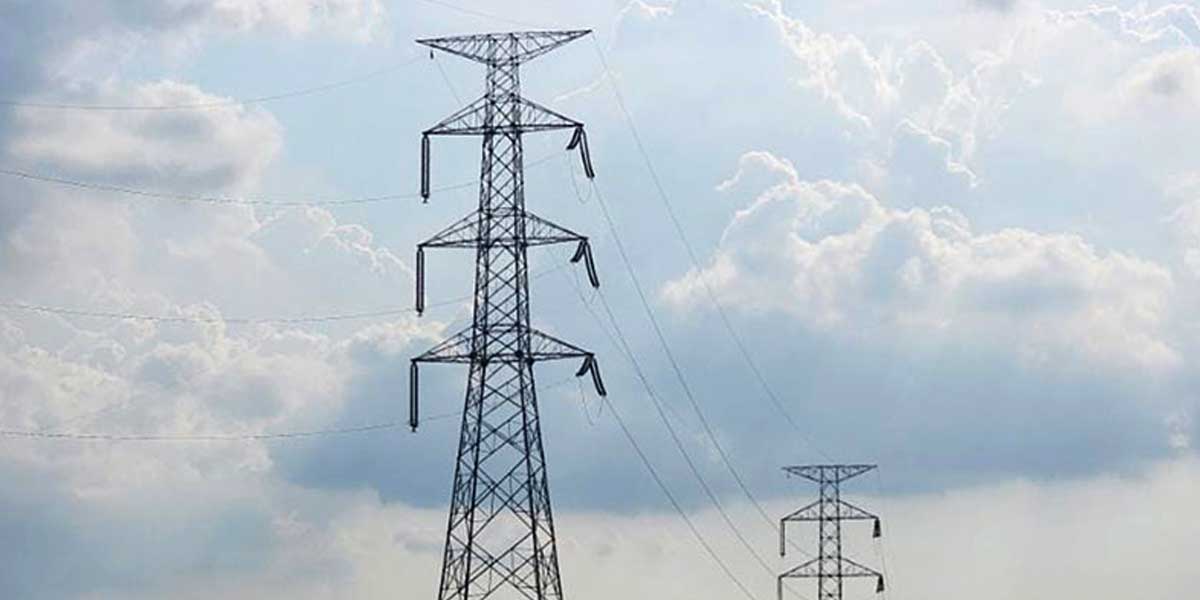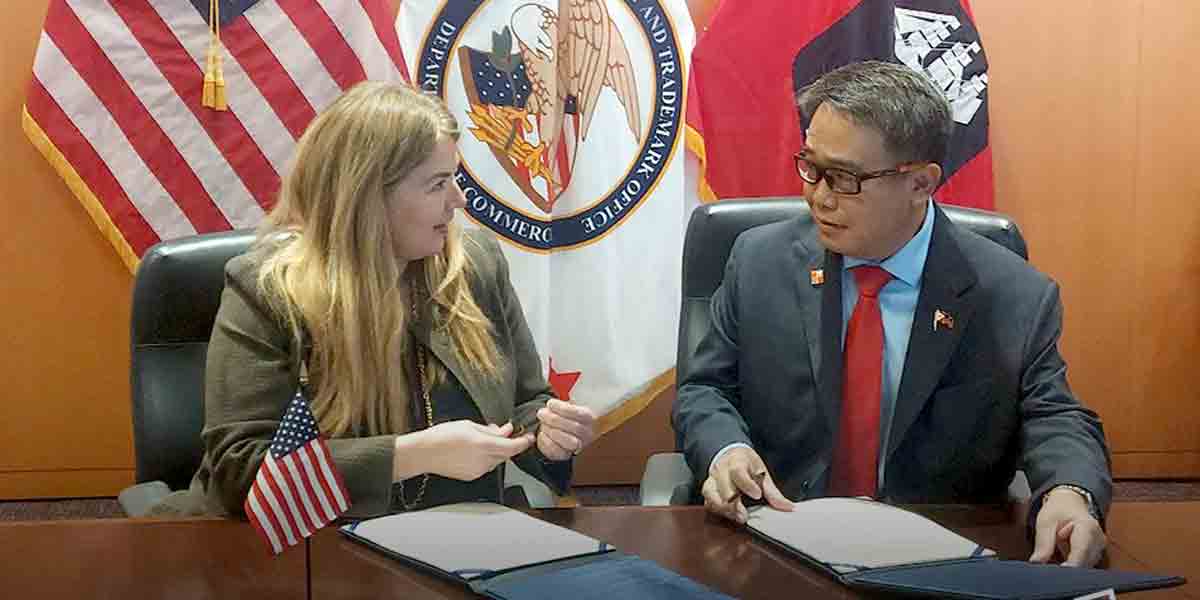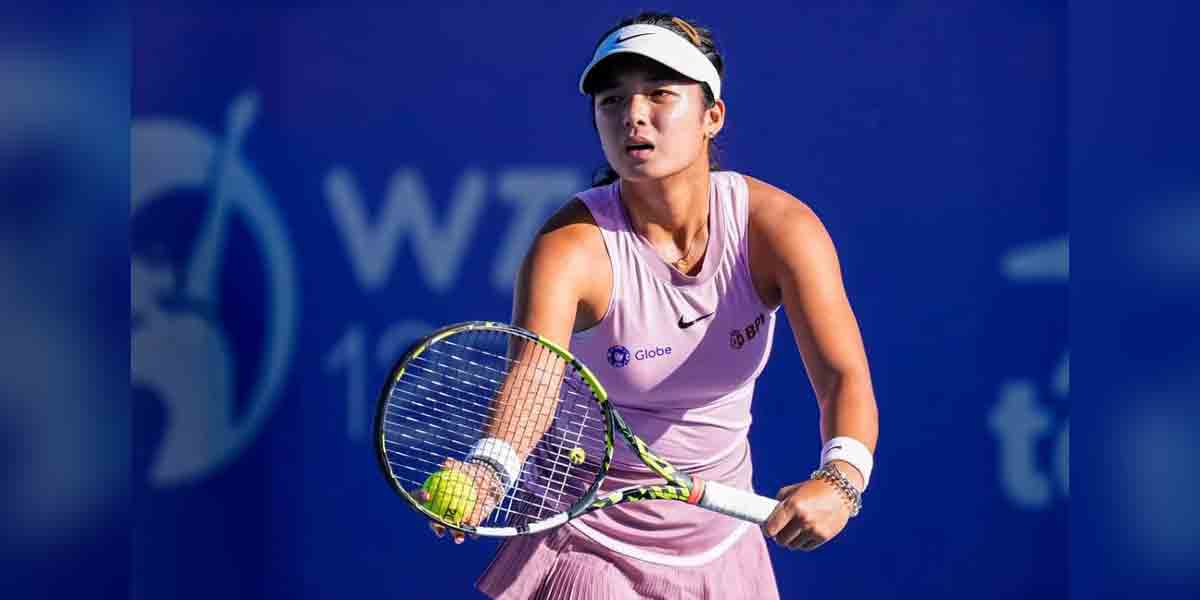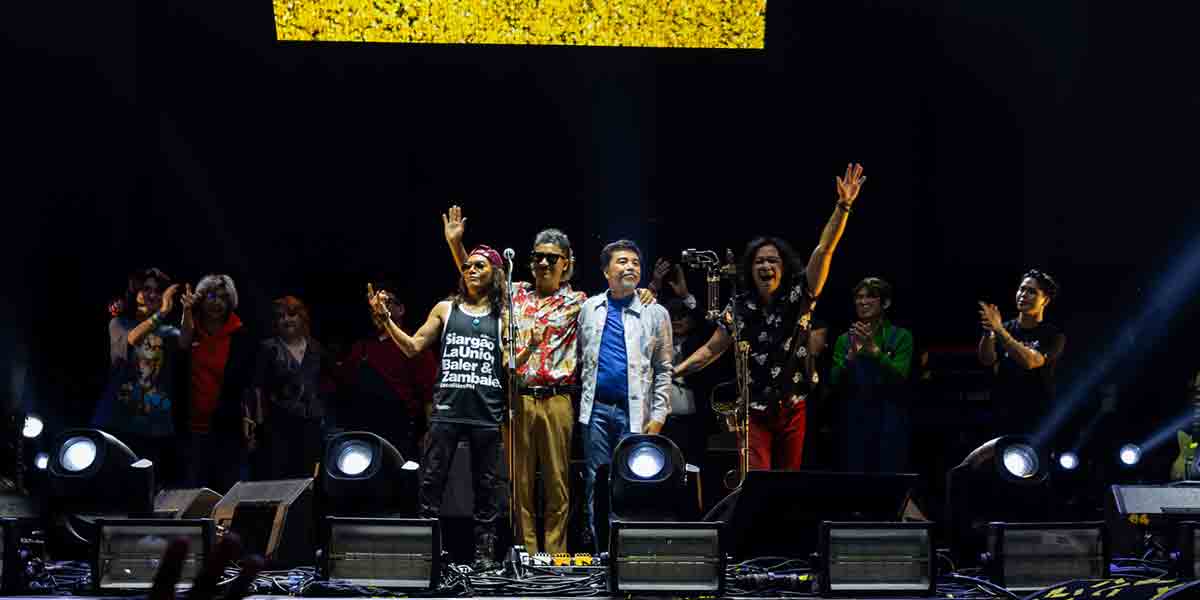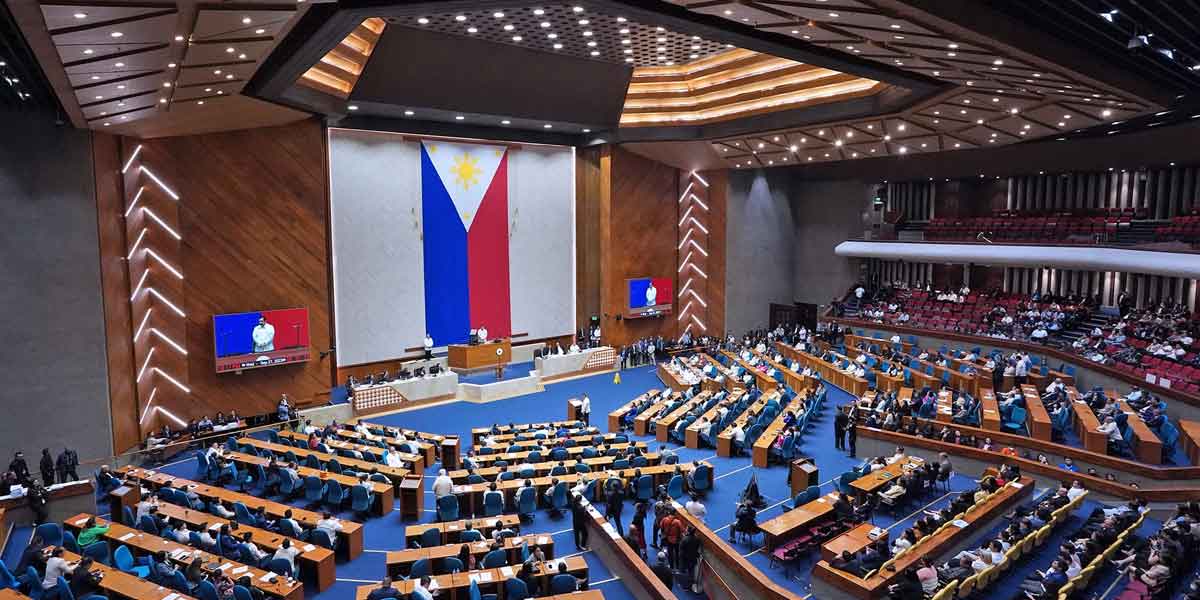By Alvin Camba* and Stella Hong Zhang** Philippine Center for Investigative Journalism
WHEN PROVIDING Official Development Assistance or ODA, Western donors typically require the recipient states to adhere to international political norms, such as the ratification of human rights, fiscal austerity, bank secrecy laws, and environmental standards. For the World Bank or Asian Development Bank, these include the implementation of market-based mechanisms, macroeconomic reforms, and removal of state protection for investments. Apart from grants, ODA also comes in the form of concessional loans, which have lower-than-market interest rates and have longer grace periods.

The overlap of Chinese official foreign aid & foreign direct investments.
Chinas official foreign aid (including grants, interest-free loans, and concessional loans) does not necessarily meet the technical criteria of Western ODA. For instance, Chinas concessional loans do not contain a big enough grant element to qualify as ODA. Specifically, because Chinas major financial institutions (banks and funds) are all state-backed, they often finance projects that serve the Chinese states political purposes. We thus use the term state-backed financing to include various types of loans (not just the interest-free loans and concessional loans that fall under Chinas official foreign aid) from Chinas state-backed financial institutions. It may also include loans for Chinese foreign direct investment or FDI. For example, Chinas Silk Road Fund, a state-backed institution, has been providing funding for equity investment overseas. Figure 1 shows different types of state-backed financed, the overlaps with FDI, and the limits.
Chinese State-Backed Finance
The Chinese government professes a no-interference principle in its foreign-aid policy. Put simply, it insists that it does not meddle with the recipient countries internal affairs, be it economic or political. But China rarely gives cash aid. Most of Chinese aid comes in the form of construction projects, such as infrastructure, social-service facilities (schools and hospitals), or other types of facilities (agricultural centers).
One implicit condition is that these aid projects are to be built by Chinese companies, which are selected by Beijing through tendering. In some cases, Beijing does agree to the recipient governments request to select the projects builder themselves. Before receiving Chinas official foreign aid or any type of financing, there is a precondition for establishing any official diplomatic relations with the PRC, which means agreeing to Beijings One China Principle (also known as One-China Policy) or disavowing any meaningful relations with Taiwan. Research has also shown that China gives more aid to countries that share its foreign-policy positions.
A lot of Chinese foreign aid are turn-key infrastructure projects, whereby construction contracts are automatically awarded to Chinese construction companies. The process of acquiring these contracts is complicated. In some cases, these projects are initiated by the host state and accepted by the PRC, which would be tendered to competing Chinese companies. In other cases, the Chinese construction companies begin the process by colluding with host state actors, and then the projects are brought to the Chinese government to be included in inter-governmental agreements. The latter, however, is not uncommon to development finance. There is anecdotal evidence that Japanese projects start from similar conditions.
Political scientist Deborah Brautingam says that there are three types of Chinese Foreign Aid:
- Grants: Often free, targeted toward social institutions such as hospitals and schools, as well as agriculture research centers. The Chinese government would also consider the donation of goodssuch as guns to the Philippine Army training of staff, medical operations, volunteer programs, and other forms of cooperation as part of China grants. During the Arroyo and Aquino administrations, China lent US$5 million to fund the Philippines-Sino Center for Agricultural Technology (PhilSCAT) at Central Luzon State University. Current projects are the Binondo-Intramuros Bridge and the Pantaleon Estrella Bridge, wherein the bridge would be free under the schemes.
- Interest-free Loans: Smaller, interest-free, and usually targeted toward public welfare and social development. Examples include irrigation, water development, and major roads. China has been providing this type of loans to other developing countries since the 1950s. In recent years, China has made a number of pledges to forgive this type of loans for some lowest-income and most indebted countries.
- Concessional loans: Provided by Chinas Export-Import Bank (EXIM), the policy bank responsible for issuing the government concessional loans (GLCs) under Chinas foreign aid. These loans typically target the economys productive sector, such as large-scale mines, manufacturing, hydropower dams, and railways, are denominated in RMB, and typically have a two-percent interest rate, 20-year term, including a five-year grace period. They are cheaper than international commercial loans, but they may not be as cheap as Western ODA concessional loans, which are required to have a higher grant element and are targeted toward social infrastructures (capacity building, education, and empowerment of certain groups). In some instances, the financing of large-scale projects compromises concessional and commercial loans because of the upper limits for that each country can borrow the former. When these occur, Chinese loans become as, or even more, expensive than the international markets commercial loans. Chinese loans, though, are usually quite appealing for host countries that want to quickly fund major infrastructure projects. Western ODA typically does not fund massive economic infrastructure projects due to the changes in donor priorities in the 1980s. Furthermore, China does not require host countries to conform to a series of policy conditionsmacroeconomic reforms, human rights, environmental policiesthat often come with Western ODA loans. Since the Belt and Road Initiative meeting last month, however, China has been attempting to make its state-backed financing adhere to international standards of transparency, social acceptability, and environmental safeguards.
Apart from foreign aid, there are some other forms of development finance:
- “Preferential buyers credit (PBC): Like government concessional loans (GLCs), this is also provided by the EXIM Bank of China. PBC targets economic infrastructure and productive sectors of the economy, and has similar interest rates, terms, and grace periods. Unlike GLCs, PBCs are denominated in U.S. dollars. While this financing does not fall under Chinas official foreign aid, PBC is explicitly mandated to serve the Chinese states political aims and promote the export of Chinese goods and services. PBCs have funded many high-profile Chinese infrastructures in developing countries.
The currency denomination of both loans GLCs and PBCs — is crucial. Since the renminbi remains largely unconvertible for states and firms, GLCs cannot be used outside of China to hire third-party firms to provide labor or other local materials. Hypothetically, this feature makes GLCs less prone to host state rent-seeking. These cases of GLC-dependent financing, however, limits direct economic spillovers during the construction process.
Since PBCs are denominated in U.S. dollars, they are more flexible and can be used to hire local firms and workers. Since 2015, capital flight from China exponentially increased and overall dollar reserves started to dwindleslowdown in export manufacturing and U.S. treasury bond purchasesthat seems to have limited the PBCs availability. Our research shows that China wanted to use GLCs to fund the South Rail Project, but the Philippine government disagreed, which led to a six-month negotiation and further delay.
- Commercial loans: As stated earlier, China sometimes mixes commercial loans with concessional loans for large infrastructure projects. The commercial loans can be considered development finance, but not concessional, making these equally if not more expensive than market alternatives. The EXIM bank (which solely provides GLCs and PBCs), China Development Bank (CDB), or any of Chinas Five Big state-owned commercial banks (Bank of China, China Construction Bank, Industrial and Commercial Bank of China, Bank of Communications, Agricultural Bank of China), as well as other smaller banks, can provide commercial loans.
- Loans provided by Chinese-led multilateral banks: Chinese-led multilateral banks, such as Asian Infrastructural Investment Bank and New Development Bank, are tasked to provide this type of loans.
- State-backed investment funds or loans to Chinese firms: Apart from loans, China also has a number of state-backed investment funds that supports equity investment in other countries. Examples include the US$10-billion China-Africa Development Fund and the US$40-billion Silk Road Fund. If invested in the host state, these would appear as either FDI or portfolio investment in the records, and it is often hard to distinguish which among the invested amount is state money.
Chinese state-backed finance also includes commodity for loans. Loan payments would be commodities set at a certain market price in a given year. The canceled deal between Philippine Toledo Mines and China Shenhua Energy Limited in 2002 is a good example. The Kaliwa Dam and the Chico River Pump Irrigation projects are also backed by Philippine commodities.
Two most common modes for Chinese-built projects abroad, meanwhile, are Engineering, Procurement, and Construction (EPC) and Build, Operate, and Transfer (BOT). In EPC, the Chinese companies do not have any ownership in the project; they are hired by the host state governments to build the projects and are responsible for a series of activities from engineering, to procurement of materials and equipment, and to construction, as the name suggests. In BOT, the contractor acts more like a developer/investor; it not only builds the project, but will also operate it for a number of years and receive the proceeds from it (such as tolls for a toll road) as returns for its investment; after the agreed period, the project will be transferred back to the host government.
From the perspective of the Chinese companies building the projects overseas, whether they are funded by Chinas foreign aid (grants, interest-free loans, or concessional loans) or other types of development finance, this kind of activities is called international contracting. It is essentially a type of service export. But Chinese loans can also fund Chinese companies to be foreign investors in the host states infrastructure and projects. In the case of Indonesia, major infrastructures, ports, and railways have been negotiated via FDI rather than international contracting.
Chinese companies seeking to earn profits by participating in international contracting work closely with the Chinese government in exploring foreign markets, identifying aid and non-aid projects. Other preferences, such as Chinese labor usage, are typically adjustable. Chinese companies bring in their own engineers but hire local labor for low-skilled manual work. The host country can negotiate technology-transfer agreement with China and require local engineers to be trained on the project.
In some cases, Chinese companies want to hire local labor for low-skilled jobs because of the cost of bringing Chinese labor overseas. The Chinese state also wants to demonstrate their job creation for the host state. But these do not happen all the time. Chinese firms may want to hire their own labor due to skills shortages, the difficulties of working with local labor, and the need to finish the project quickly. For instance, the Chinese government agreed to the use of Philippine labor in constructing the bridges and train projects; earlier, the North Rail project had used Filipino labor in the span of four years.
The issue lies in whether or not Filipino workers have the needed skills. In reality, skilled Filipino labortypically as engineers, teachers, call center workersare trained for Western markets and do not converge with the requirements of Chinese technologies. Filipino engineers have been exported to work in the Middle East and elsewhere. But in broad terms, education has often been weak in the math and sciences than that of the Chinese, which would mean that Philippine competency in rails and engineering has not kept up adequately.
Chinese Foreign Direct Investments (FDI)
FDI is defined as the long-term ownership and management of firms or assets in the host state, which could take the form of greenfield, brownfield, and mergers and acquisitions. Chinese FDI does conform to the conventional definition, but there are still complications that need to be addressed. These include:
- Hong Kong and Macau: Most analysts separate Peoples Republic of Chinas FDI from Hong Kong and Macaus FDI, which leads to the underestimation of overall Chinese FDI. But its not that simple. When Hong Kong and Macau returned to the PRCs sovereignty in 1997 and 1999, respectively, both former colonies were allowed to maintain their capitalist market economy, separate from Mainland Chinas socialist system. This is known as One Country, Two Systems.
The PRC maintained restrictions on foreign direct and portfolio investments as well as other forms of finance capital, but Hong Kong, which has always been a free port, is open to the world. The city state also has been run according to a laissez-faire philosophy with small government and low taxes, which makes it a tax haven for companies. PRC has strategically leveraged Hong Kongs position. Many Chinese firms have used Hong Kongs capital market to raise capital, import sensitive technologies from the West, as well as to use it as an offshore center for outward investment.
In recent years, China has also used Hong Kong to promote the internationalization of its currency. In other words, a good amount of FDI in the PRC either belongs to subsidiaries of Chinese SOEs or companies owned by Hong Kong economic elites who have developed close relationships with the Chinese Communist Party (CCP). Hong Kongs publicly listed stocks comprise a good amount of Chinese state-owned enterprises or SOEs of all sizes.
- Syndicate Loans: What is typically understood as Chinese FDI can compromise financing from Western and global lending institutions to fund a foreign investment project. What often happens is that Chinese state or private companies establish subsidiaries in Hong Kong, which enables them to acquire syndicate loans from numerous global lending institutions to fund projects. Syndicate loans, which are defined as two or more lenders jointly lending to one or more borrowers on similar terms but different duties, are often used by multinational or Chinese companies to invest. Chinese state or private companies are able to do this through their subsidiaries in Hong Kong.
Typically, global financing institutions cannot lend to companies located in China due to the regulations of private capital inflows in China and the control of credit by the PRC. Moving to Hong Kong, creating subsidiaries, and bypassing the PRCs rules enable Chinese companies to use global capital to fund projects. Examples of these lending institutions are Wells Fargo, Citibank, Offshore Incorporations Limited Group.
Syndicate loans from Western institutions play an important role to maintaining the CCPs interest. China is still a developing country that needs to generate performance-based legitimacy from its citizens economic growth and development. But increasing the amount of FDI sent to the developing world for commercial or political interests can generate suspicions on the partys primary responsibility. At the same time, China cannot decrease its investment growth due to the need to project the image of Chinas inevitable rise, the interest of investors, and the CCPs political promises to its partners in the host state.
When these issues occur, a Chinese firm goes to Hong Kong with a minimum level of financing commitment from the Chinese government. For example, one of Chinas state-owned commercial banks provides 10 percent of the equity to the project while the firm borrows the rest. In this case, 90 percent of capital will come from the HK-based global lending institutions, which draw from the reserves of Western economic elites in tax havens. Upon the moment of investing, that 90 percent will be considered or recorded Chinese FDI in any dataset because of the ultimate beneficiary principle (i.e. the user is the owner). In an analogous example, Davao-based businessman Dennis Uy borrowed funds from the Bank of China, the ICBC, and other Chinese financial institutions. While the money came from China, these capitals are considered Filipino because Uy is the ultimate user.
- Chinese State-owned Enterprises (SOEs): During Mao Zedongs era, Chinas socialist economy prohibited private property. Private firms from the Republican era (1911-1949) were nationalized; the government also set up SOEs for all kinds of economic production. All companies were thus state-owned during Maos time. After his death, China began reforming the socialist economy. Starting from the 1980s, many SOEs were de facto privatized; SOE managers began running the enterprises autonomously like real entrepreneurs, instead of following the states plans and instructions. In the 1990s, China also launched a mass program to corporatize a large number of SOEs, resulting in the layoff of millions of state-employed workers.
Today China continues to have a large number of SOEs, but of varying importance. The lower-level government an SOE belongs to, usually the less important it is to the CCP. The vast majority of SOEs are now run similarly to private corporations, with profit-seeking as the central goal, even though their personnel decisions remain subject to CCP control. But there are around 100 SOEs that are owned by the central government that occupy the strategic sectors such as energy, transportation, aviation, shipping, and telecommunication, and continue to follow closely the central governments policies.
These central SOEs have also been very active in investing overseas, and some of them have become some of the largest corporations in the world. Sinomach, the Chinese company building North Rail, and State Grid, which has invested in the Philippines, are two of the central SOEs. These SOEs usually operate as massive conglomerates with numerous subsidiaries and subsidiaries of subsidiaries. It is a complicated system of multiple Chinese firms with sometimes converging and competing interests. This leads to coordination problems in the Chinese economy, which many academics have noted. But this system creates even more problems outside China, such that multiple companies that may or may not be connected to each other find partners in the host state.
- Variation of Chinese FDI. Due to the debacle of the ZTE and the North Rail Projects, analysts in the Philippines tend to equate Chinese firms with rent-seeking. This assumes a single behavior or tendency of Chinese firms and ignores an enormous variation in terms of asset specificity, ownership, and investment size. There is no singular typical Chinese firm; instead, there is a multiplicity of national and regional state-owned enterprises, as well as private entrepreneurs. The size of the Chinese state and economy exacerbates the problem. For instance, there are over 50 million Chinese bureaucrats, a number that is half of the Philippine population, and over 500,000 Chinese party-state elites. Unlike the Philippines with few national parties, known congressional personalities, and economic magnates in Makati, Chinese state and economic elite number exponentially much more. This logic extends to the SOEs of all levels.
- Rent-Seeking, Chinese state-backed finance, and FDI: The argument that Chinese FDI generates corruption is widely debated. A dominant strain in international business studies, which has been called Chinese exceptionalism, argues that Chinese state-oriented enterprises and private companies diverge from the conventional pattern of investing, preferring instead places with elevated levels of political, risk, weak institutions, and pervasive rent-seeking. Nonetheless, this characterization has been deeply contested, and there have been other studies that show the opposite results.
Descriptively, recent investment data show that China is diverging from the pattern of investing in states with high levels of corruption. The World Investment Report (UNCTAD 2015) shows that nine out of the 17 biggest recipients of Chinese FDI are states known to have strong institutions. Observes sociologist Ho-fung Hung: Hong Kong and Caribbean tax havens top the list of 20 economies that absorbed most Chinese investment (either measured in stock or annual flow), followed by a host of developed countries.
Linking this back to syndicate loans, Chinese FDI in tax havens does end up becoming the global capital that Chinese companies borrow to fund their projects. Because these capitals started in the tax havens, they become less prone to the CCPs meddling and potential overreach.
- Chinese FDI from other forms of state-backed financing. Philippine analysts also typically conflate Chinese FDI with other forms of financial inflows such as development finance, loans, or international contacts.
This issue is more conceptual: researchers do not systematically define what Chinese FDI in general and what it is in the Philippines. Implicitly, there seems to be a bias toward, and understanding of, Chinese investments as a large-scale infrastructure or greenfield investment. For instance, the clamor against offshore gambling was partly built upon the South China Sea and Chinese workers. These ideas ignore the conventional definition of FDI, which is the long-term ownership of assets in a foreign entity or firm that can exert some degree of managerial control.
- Greenfield Investments as branch offices: Greenfield investments are defined as newly established operations in the host state wherein the foreign investor owns 100 percent of the asset or company. These investments can include major projects, such as the Indonesia-Morowali Industrial Park (IMIP), Malaysias MCKIP, and Chinas similarly envisioned plan with the Ayalas. There is no specific parameter on what the firm should do. At the minimum, firms can establish branch offices in the host state to provide some minimum service. In the Philippines, the minimum requirement is US$150,000 and 50 employees. Branch offices typically sell their service to host state firms and governments rather than invest in host state firms or bolster the productive sector of the host economy. For example, the Sy family has established numerous SM firms in China with the help of Chinas state-owned commercial banks.
- Brownfield investments: A joint purchase of an existing asset can be considered as a brownfield investment. For instance, the State Grid Corporation of Chinas created a consortium with two Philippine utility companies to purchase Transco Philippines and establish the National Grid Corporation of the Philippines. Indeed, the acquisition of existing assets or controlling stakes by Chinese companies has been often ignored in the analysis. Since the Duterte administration, the most prominent examples of brownfield investments are the offshore gambling firms. Many of these are joint ventures with Chinese-Filipinos or even Filipino businesses in the cities.
- Mergers and Acquisitions: Equity in Philippine firms by Mainland Chinese or Hong Kong citizens can be considered Chinese FDI. These investments typically do not generate employment or additional activities for the firm, but it hypothetically bolsters the firms activities and frees up capital for other use. For instance, Chinas Geely owns 49.9 percent of Proton, a crown jewel of Malaysias political-economic history.
- Non-major greenfield investments: These are firms with 100-percent ownership by Chinese citizens. These firms also exist across sectors and regions, and many could be found in the Philippine Special Economic Zones. Additionally, these firms exist in all shapes and sizes, which means they do not need to be large-scale or generate employment.
*Alvin Camba is a China Initiative Fellow at the Global Development Policy Center and a Ph.D. Candidate at Johns Hopkins University in Baltimore, Maryland. He works on the political economy of Chinese foreign capital and elite theory. His works can be found at alvincamba.com.
** Stella Hong Zhang is a PhD candidate of public policy at Schar School of Policy and Government, George Mason University. She is currently writing her dissertation on the impact of Chinas infrastructure development on the recipient countries state capacity.



